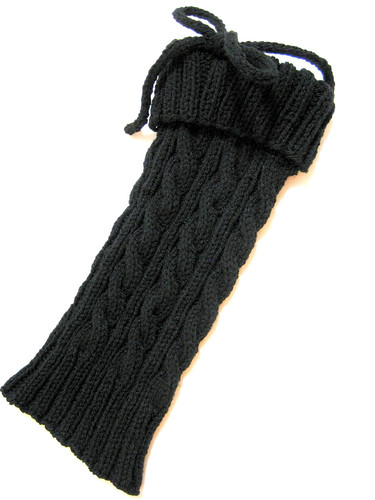
[rating=1] I found ‘The Elegance of the Hedgehog’ painful to read, and would have abandoned it after 30 pages had it not been our February book club pick. Overwrought is the first word that comes to mind. Woefully, ponderously academic; ‘Elegance’ is less a work of literature than it is a series of diary entries punctuated with book reports, art critiques and a thesis review.
The first half of the book is full of wearisome internal monologues that sounded in my brain like chewed nails on a wet chalkboard.
Here, a brief sample of the naval-gazing rot that infuriated me:
“Am I therefore so used to the eternal repetition of the same old things that the prospect of a change that is as yet hypothetical plunging me once again into the river of time serves to remind me of that river’s currents?”
Perhaps that sounded better in the original French, but damn.
The attempt to construct a mirrored storyline between a disaffected, suicidal teenager and a paranoid, narcissistic 50-year-old woman, loosely connected by their secret intellectualism, made for exasperating reading. I found the narrators to be obnoxious and pompous.
How can one possibly warm to an emo 12-year-old who unabashedly criticizes everything and everyone, and also makes comments like this?
Exhibit A: “I think that it was at the age of two, when I first heard grown-ups speak, that I understood once and for all how language is made.”
Exhibit B: “I wonder if I am not turning into a contemplative esthete. With major Zen tendencies and, at the same time, a touch of Ronsard.”
Go away, you irritating little child. Shoo. Disappear. I loathe you.
Chapter 11 opens with “What is the purpose of Art?” (thanks for the Capital Letter!) and proceeds to answer that question as well as “How is Art born?” and as an added bonus, “What does Art do for us?” — all in the opening paragraph. Goodbye, Hubris. Hello, Absurdity.
Name dropping is used like a blunt instrument to create a false atmosphere of educated elan. Kant, Marx, Taniguchi, Tolstoy, Vermeer, Caravaggio, Purcell, Ockham, the eleventh thesis on Feuerbach, the Coue method, the fraternal prayer ritual of the Gagauz tribes(!). There’s some fierce self-aggrandizement happening. Pseudo-philosophy litters the text, which is already bogged down by turgid prose.
Observe this selection of florid diction lifted from the book:
indigent, autodidact, syncretism, inculcate, trenchancy, appanages, exeunt, pithiatic, asthenic, obdurate, sudatory, lavaliere.
I relish a good vocabulary as much as the next English major, but no amount of $100 words can conceal the fact that there’s almost no plot for the first 150 pages, except the “will she/won’t she?” of the young girl contemplating suicide and the “why the fuck is she faking watching television?” of the old woman who mistakenly thinks people care what she does in her free time.
The last 150 pages DO tell a story… barely. I could see this being turned into a successful script for a small art film, as long as the director had the sense to keep voiceovers to a minimum. There’s a twist at the end, which did not redeem the rest of the book for me.
Here’s an awkward quote from the book that sums up the problem with characters whose sole distinguishing feature is hidden “supersmarts”:
“Fascination with intelligence is in itself fascinating, but I don’t think it’s a value in itself. There are tons of intelligent people out there and there are a lot of retards, too. I’m going to say something really banal, but intelligence, in itself, is neither valuable nor interesting.”
If my arguments have not moved you to understand my one star rating, let me conclude with a short excerpt. Hopefully, this will explain:
“”Mildly hemmoragic urine” is, to me, a form of light entertainment: it has a nice ring to it and evokes a singular world, a brief refreshing change from literature. For the very same reason, I enjoy reading the leaflets that come with medication, the respite provided by each technical term, which convey the illusion of meticulousness and a frisson of simplicity, and elicit a spatiotemporal dimension free of any striving for beauty, creative angst or the never-ending and hopeless aspiration to attain the sublime.”
Whaa? Ugh.
1 of 5 stars / bookshelves: read, 325 pages, Publisher: Europa Editions (Sept 1 2008)
Read from December 20, 2011 to February 14, 2012.
